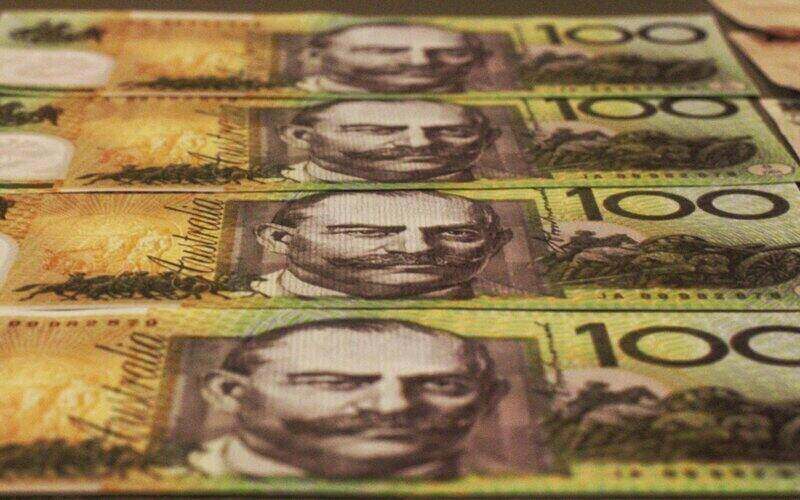This increase comes courtesy of an increase in household spending throughout the September quarter, increasing 1.1% and contributing 0.6% to overall GDP figures.
The ABS detailed GDP growth was driven by a 5.5% increase in spending on hotels, cafes and restaurants, a 13.9% increase in spending on transport services and vehicle purchases up 10.1%.
Further, spending on hotels, cafes and restaurants has now exceeded pre-pandemic levels for both the June and September 2022 quarters.
ABS Head of National Accounts Sean Crick noted households continued to increase spending on domestic and international travel as COVID-19 travel restrictions continued to ease.
“Spending on new vehicle purchases increased as international supply chain constraints eased, enabling an increase in vehicle imports," Mr Crick said.
Major bank economists were at odds over just how minor the September quarter GDP result would be, with NAB economists initially hitting the nail on the head forecasting a quarterly rise of 0.6%, yet revising this to 0.8% following the acceleration seen in September’s Wage Price Index (WPI).
ANZ and CommBank economists anticipated a 0.7% quarterly increase in GDP, with Westpac economists forecasting a 0.8% quarterly lift.
Westpac Senior Economist Andrew Hanlan said GDP results for the September quarter remain softer than expected.
“The impacts of high inflation and higher interest rates are becoming apparent,” Mr Hanlan said.
Household savings ratio declines further
ABS data revealed the household saving to income ratio fell for the fourth consecutive quarter, decreasing from 8.3% to 6.9% as household spending outpaced household income growth.
"The household savings ratio continued to decline this quarter, moving towards pre COVID-19 pandemic levels," Mr Crick said.
"Higher levels of spending and increases in interest payable on dwellings detracted from household saving compared to the June quarter."
Westpac's Andrew Hanlan notes the 6.9% figure is still above the equilibrium saving ratio of around 6% and is therefore supportive of future spending.
"As is the war chest of $265 billion in 'excess' savings amassed during the pandemic," he said.
Read more: Household savings ratio to fall below 5% in the next 18 months
GDP to slow sharply in 2023
Speaking last month, Reserve Bank Deputy Governor Michele Bullock detailed GDP is expected to taper in early 2023, as the recovery in household spending from pandemic-related restrictions is expected to have mostly run its course.
“Consumer spending has been supported by past gains in incomes, asset prices and accumulated savings during the pandemic,” Ms Bullock said.
“However, these sources of support are being eroded to some extent by high inflation, rising interest rates and falling housing prices, and this is expected to contribute to a slowing in consumption growth from early next year.”
Forecasts support this view, with the RBA anticipating annual GDP growth to be 3% over 2022 and then 1.5% over 2023 and 2024.
Putting that into perspective, in annual terms, GDP currently sits 5.9% to the September 2022 quarter.
NAB economists expect GDP to track below the 1.5% forecast throughout 2023 and 2024 as the impact of higher rates weighs on household budgets, dwelling investment falls from very high levels and business investment only ekes out moderate gains.
Image by Frans van Heerden via Pexels



 Harry O'Sullivan
Harry O'Sullivan
 Harrison Astbury
Harrison Astbury

 Brooke Cooper
Brooke Cooper

